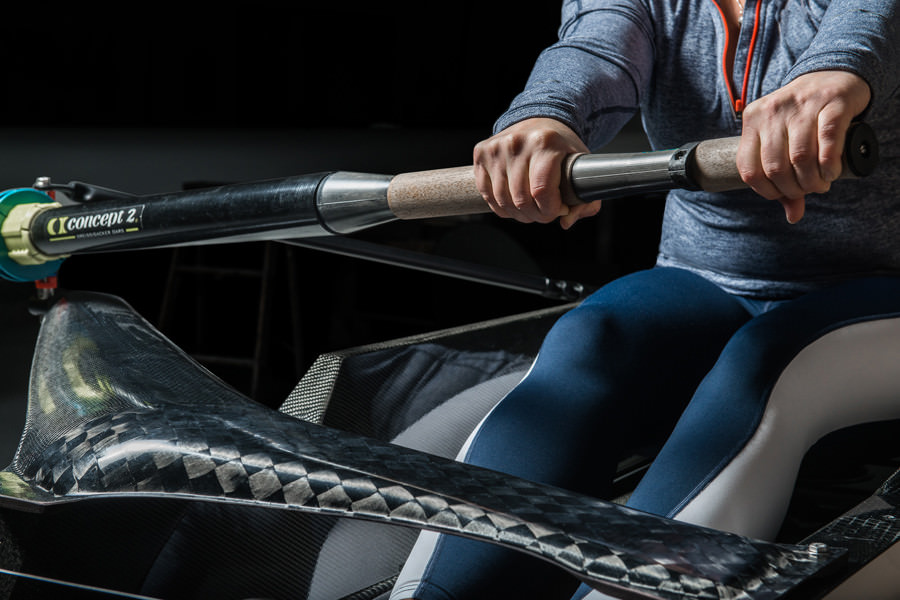Having an innate sense of the boat in the water is crucial to successful shell design. Unlike physics which has concrete laws, the science of hydrodynamics is not intuitive. It is a complex empirical science- the only way you know if a theory works or not is to experiment and observe.
As is proven time and again in yacht racing, even with enormous research and development capacity, it is impossible to sit down with a pen and paper and ‘figure out’ a winning design. Regardless of how much money you throw at it, or how big the computer crunching the numbers, the best funded, researched, and ostensibly cutting edge designs in sail boat racing sometimes fall flat.
In rowing, there are no sponsorship deals or deep-pocketed investors to fund large scale research. It is a fact that there is no hard, empirical evidence from which to draw verifiable conclusions about what makes a boat ‘go’. Thus, there is a crucial element of artistry that comes into successfully filling in the blanks of the science.
So, the art of the thing is imagining the blanks in the science. Since 1985, William Tytus has been filling in those blanks with his own brand of artistry and pragmatism. And his designs are proven.
The K4, widely regarded as the four that always wins, was released in 1991 to little fanfare, but its success has been proven time and time again over the past 25 years.
Our iconic V8, released in 1998 with its revolutionary carbon wing rigger that was derided as a fad, and subsequently adopted industry wide, has won countless championships and continues to be the choice of America’s top crews.
Through each iteration of his designs, Tytus seeks to solve problems. Making a change without solving a problem, or making the same product out of new materials and calling it an innovation is not an improvement. It is salesmanship.
The changes that you see in the xVIII, or the things that look different from anything you’ve seen before are not done just because they look cool, although they certainly do. Since the release of the V8 in 1998, advancements in the sophistication of material and production capacity have allowed for the most nuanced balance of the parameters of boat design and construction. The result is the xVIII.



